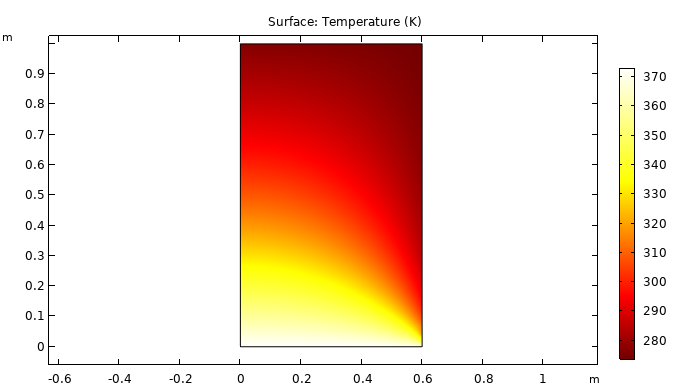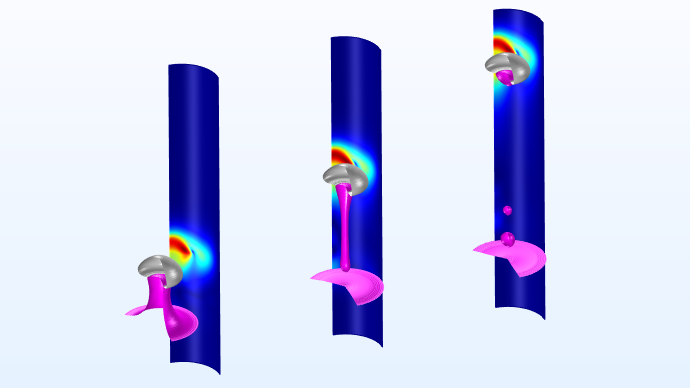
An integral part of using simulation software is ensuring that the results produced by your models accurately reflect the real-world phenomena you are simulating. As a first step in this process, you want to know that the tool you are using does what it says it does. That is the basis for the COMSOL Verification and Validation Models web page, providing more than 120 verification examples available for download.
A Commitment to Verification
We have previously discussed how the method of manufactured solutions can be used to verify simulations. We discussed then the difference between verification and validation (V&V). Focusing on the verification aspect, COMSOL actively maintains an extensive library of models that verify that the COMSOL® software is correctly solving the various equations built into the physics interfaces.

This NAFEMS benchmark model for heat transfer is one of the many verification models featured on the page.
As part of COMSOL’s quality assurance practices, COMSOL developers run approximately 2000 models daily to ensure that the yet-to-be-released version of the software maintains its quality as they build new features. We check that the results produced by the software stay the same over time and are consistent with analytical, semi-analytical, and empirical values obtained by other methods, including physical testing.
Now, you can conveniently find a selection of those models that include external verification references in a single place: the COMSOL Verification and Validation Models page. The page is searchable with a free text search, and results can be filtered by discipline and product, making it easy to find anything from, say, a NAFEMS benchmark test for heat transfer to a model of three-phase flow verified against literature.
How to Use Verification Models
There are quite a few ways to use these models. Not a user of the COMSOL Multiphysics® software yet? Read through these models’ documentation and you’ll come out confident that the results obtained with the COMSOL® software are backed by an extensive quality assurance program. Trying to convince a manager to adopt modeling? Point them to these verification models for reassurance.
You’re a user of COMSOL Multiphysics and you need to document, perhaps to a regulatory authority, the numerical code verification of the software you’re using? Use these models. Need to demonstrate that the COMSOL® software gives the same results on your computer as it does on the COMSOL developers’? These models can be used for such software quality assurance (SQA) efforts as well. Just run the models on your machine and compare the outputs to the precomputed ones.

The Bubble-Induced Entrainment Between Stratified Liquid Layers model represents a more challenging problem and is also featured on the V&V Models page.
Since the verification models include step-by-step instructions, you can use them for self-training or as part of a COMSOL training program you are putting in place at your company, with full confidence that the models are verified. As a bonus, since some of the documentation for the models compares the COMSOL outputs to results obtained by physical testing, they accomplish both verification and validation in one fell swoop.
Go ahead and immerse yourself in the new Verification and Validation Models web page:



Comments (1)
Jim Freels
March 14, 2020Great article Jeff. Look forward to hearing what the impact will be for those who need the V&V and SQA support.